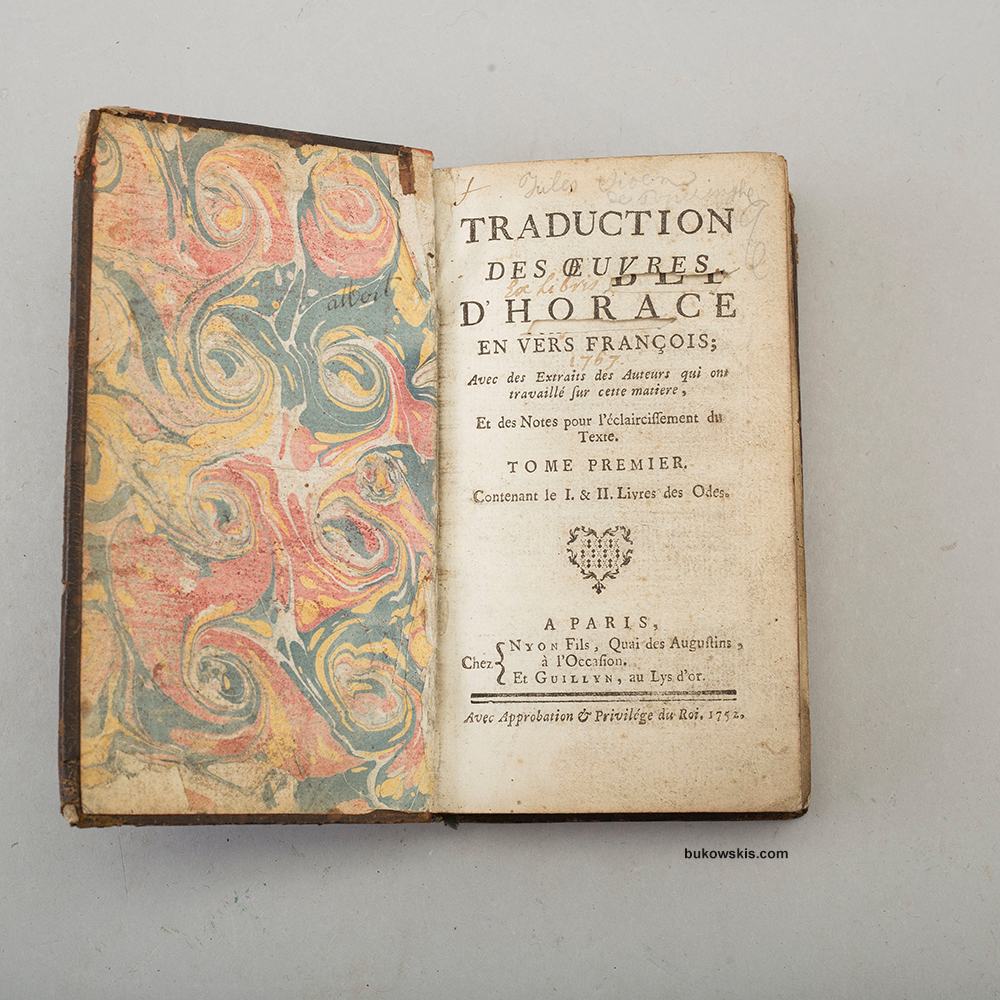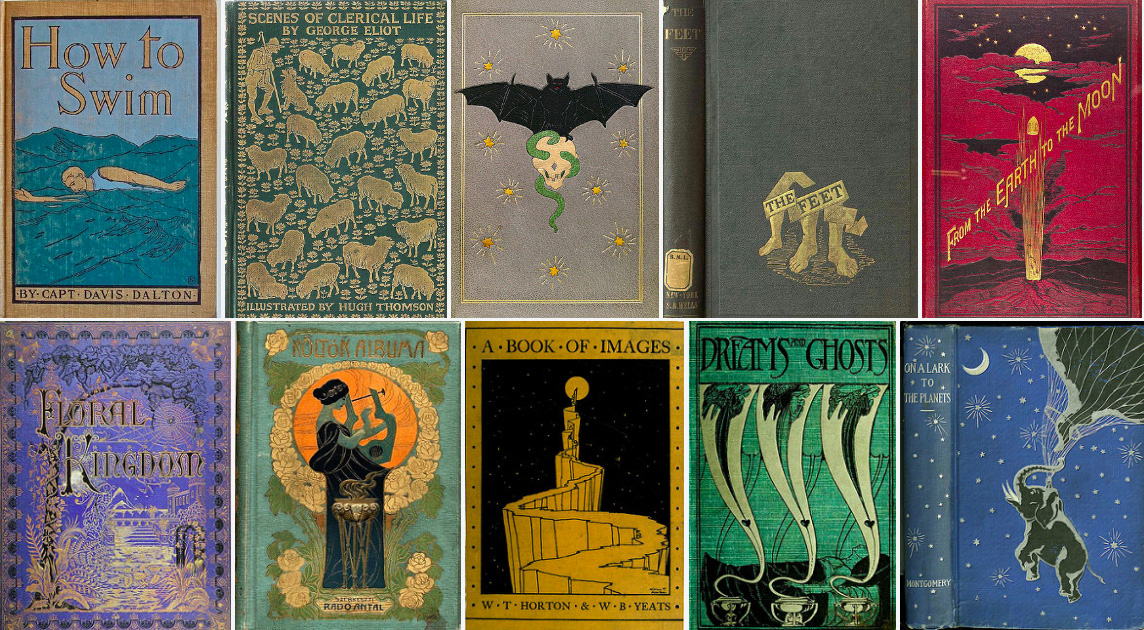We all know judging a book by its cover can be an incredibly foolish mistake, but it’s one we make nonetheless. Compelling visuals are a part of modern book cover designs as they draw an individual’s attention without having to turn over the first page.
But when did this practice start?
Let’s dive into the history of book covers, the purpose they serve, and how they have evolved since books were first penned by man.
The History of Book Covers
Ancient Beginnings
In the beginning, book covers did not serve to market your text to your relevant audience; instead, book bindings served more of a protective function. Since books were vastly handwritten or printed manually, it became important to preserve the text. The best mechanism to preserve this text was to use leather or vellum-crafted book bindings. More important books were bound with ivory, jewels, silver, and gold to symbolize their worth. These books were then passed down from one individual to the next in line.
The 18th century
Fast forward to the 18th century, the printing revolution of 1450 brought us printed books with more embossed leather covers, a great step forward from the original protective book covers. The introduction of advanced machinery brought forward mass-released books, pages, and book covers were being manufactured a lot more quickly and cheaply. Removable covers made from silk and tissue papers were introduced and often used to represent books as gifts. Very soon, fabric replaced leather entirely as the core part of book covers.
Early 19th century
The early 19th century brought about a new revolution in book covers. This is where book covers were actually being regarded as a powerful visual tool. The 1860s had brought us the polychromic revolution, which introduced graphic design to the landscape of book cover making. Publishers soon realized that books with better quality illustrations sold more. Books were also being covered with dust jackets, a version of the original cloth covers of the 18th century.

The Late 1970s
The late 1970s had us invested completely in illustrations and designing. The post-war eras had book covers focus more on advertising and conveying the message to the reader. Artistic design was considered to be an important aspect of book cover manufacturing. Covers were now specifically designed in accordance with the theme or the genre of the book. Many book writers understood the importance of a good book cover in making sales and so invested wholeheartedly in their illustrations.

Present Day Books Covers
Now we step into modern times; what does the modern design of the book cover entail? The book industry is competitive, meaning that you want to grab the reader’s attention before someone else can. It is a unique blend of colors, art, expression, and psychedelia. Books are being sold online, but book covers are still being crafted. Books are no longer being used to solely protect the contents within but to help grab the attention of anyone who lays eyes on them.
So, there you have it; a brief history of book covers.
![]()

